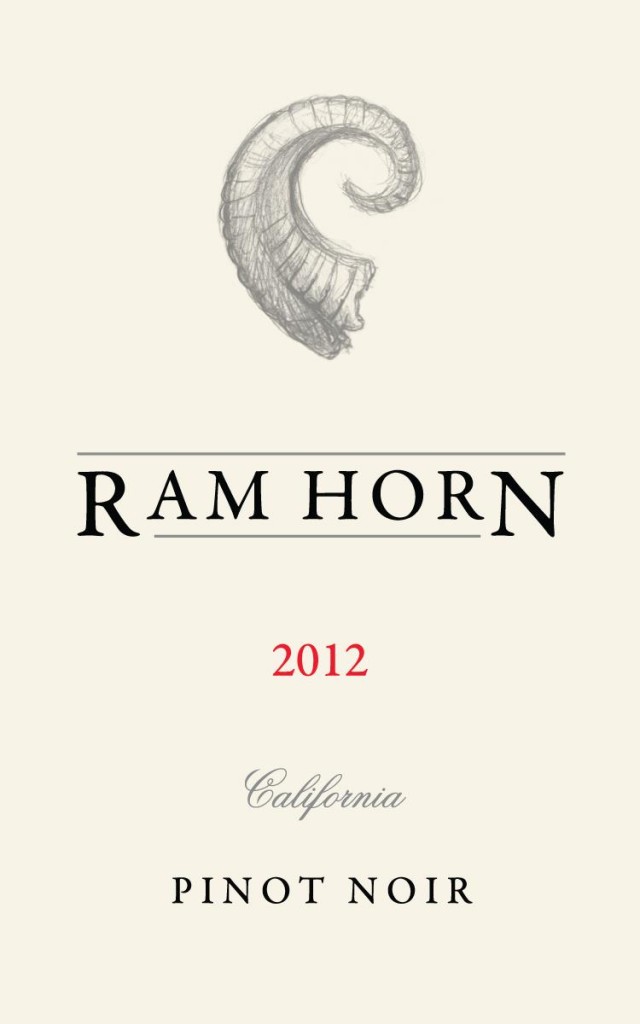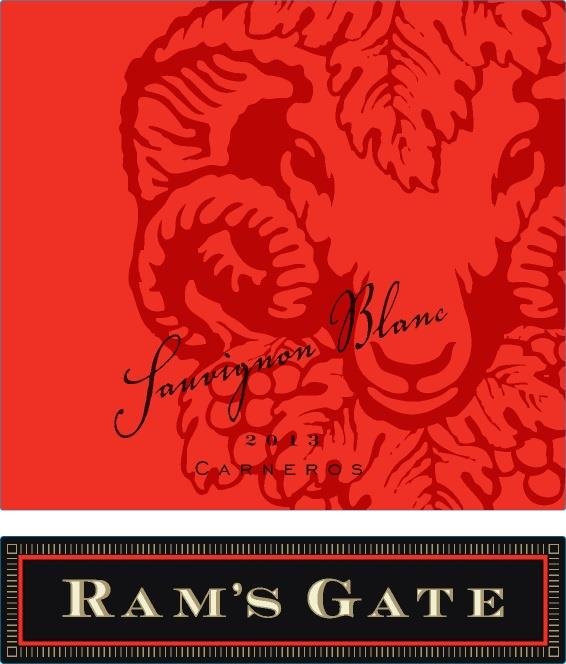 Ram’s Gate Winery, LLC (opposer) filed a notice of opposition against application Serial No. 862692961 before the United States Patent and Trademark Office. (The application was filed by Opal Moon Winery, LLC on May 1, 2014 and sought registration on the Principal Register based on applicant’s intent to use the mark in commerce.) Applicant sought to register the mark RAM HORN in standard characters for goods identified as “wine” in International Class 33. See Ram’s Gate Winery, LLC v. Opal Moon Winery, LLC, Opposition No. 91221205 (December 8, 2016) [not precedential]. Opposer claimed there was a likelihood of confusion with three registrations, including Registration No. 4074683 for the mark RAM’S GATE in standard characters for “wine, sparkling wine” in International Class 33. Applicant denied such allegations.
Ram’s Gate Winery, LLC (opposer) filed a notice of opposition against application Serial No. 862692961 before the United States Patent and Trademark Office. (The application was filed by Opal Moon Winery, LLC on May 1, 2014 and sought registration on the Principal Register based on applicant’s intent to use the mark in commerce.) Applicant sought to register the mark RAM HORN in standard characters for goods identified as “wine” in International Class 33. See Ram’s Gate Winery, LLC v. Opal Moon Winery, LLC, Opposition No. 91221205 (December 8, 2016) [not precedential]. Opposer claimed there was a likelihood of confusion with three registrations, including Registration No. 4074683 for the mark RAM’S GATE in standard characters for “wine, sparkling wine” in International Class 33. Applicant denied such allegations.
The Board focused its analysis on only one of opposer’s marks, which it deemed to be most similar to applicant’s mark (i.e., RAM’S GATE for “wine, sparkling wine” in International Class 33). See id. at 4. The Board reasoned that if it found that there was a likelihood of confusion for this one mark, there was no need for the Board to consider the other marks (and vice versa).
The first du Pont factor that the Board considered was the similarity of dissimilarity of the goods, trade channels, and classes of consumers. The Board noted that applicant’s goods are “wine” without a restriction to type, origin, or price, which it found to be identical to opposer’s unrestricted “wine” identified in opposer’s registration. Without any limitation as to type of wine, the Board presumed applicant’s “wine” to include opposer’s more narrowly identified “sparkling wine.” Thus, the Board reasoned that since the goods were legally identical, the goods traveled through all usual channels of trade and are offered to all regular, potential consumers/purchasers. Id. at 6. Further, applicant admitted that the goods are “effectively” the same and there were no “legally relevant” differences between channels of trade. Id. Thus, the Board found that the identity of the goods, trade channels, and purchasers were the same, thus weighing in favor of finding a likelihood of confusion.
Opposer relied on evidence from prior Board decisions, as well as decisions from the Federal Circuit and other courts, to argue that wine may be purchased on impulse, thus lack of consumer sophistication can significantly increase the likelihood of confusion between two products. Id. at 7. Applicant attempted to argue that there was no evidence with respect to consumer sophistication in this instant case, that the burden rested on the opposer, and that the factor should remain neutral. Id. The Board, however, relied significantly on the broad identity of the goods and the last of designation of type. The Board reasoned:
[T]here is nothing in either party’s identification of goods to suggest that the wines and sparkling wines at issue are expensive or available only to discerning purchasers. As a result, the parties’ goods are presumed to include wines and sparkling wines at all price points, including inexpensive wines that may be subject to casual or impulse purchase. And even sophisticated purchasers are not necessarily knowledgeable in the field of trademarks or immune from source confusion.
Id.
Thus, the Board found that this du Pont factor weighed in favor of a finding of likelihood of confusion.
Next, the Board went on to analyze the strength of the opposer’s mark and number and nature of similar marks in use on similar goods. Opposer argued that its mark is arbitrary as applied to the particular goods and thus it is entitled to a broad scope of protection, which should thus weigh in favor of finding a likelihood of confusion. Applicant said that, because no evidence existed, the factor should remain neutral.
The Board looked at two factors: (1) the inherent strength of the term RAM’S GATE based on the nature of the term itself, and (2) its commercial strength, based on the marketplace recognition value of the mark. With respect to the inherent strength factor, the Board found there was nothing inherent in the term RAM’S GATE to suggest a connection with opposer’s wine and sparkling wine. Further, the record did not contain anything that suggested a connection between the products. Thus, the Board found that RAM’S GATE appeared to be arbitrary and inherently strong when applied to opposer’s goods. Opposer noted that there was no evidence in the record with regard to commercial strength.
Applicant, instead, argued that third-party registration of RAMSPUR for wine mitigated against the finding of a likelihood of confusion, but the Board found that the introduction of this third-party registration was insufficient to persuaded it that RAM’S GATE was entitled to a narrow scope of protection such that the Board would permit the registration of a “confusingly similar mark for related goods.” Id. at 10.
As such, the Board found that the opposer’s mark was an arbitrary and strong mark and thus entitled to a broad scope of protection, weighing in favor of a finding of likelihood of confusion. Id. at 11.
The Board then looked to the similarity or dissimilarity of the mark in their entireties with respect to appearance, sound, connotation, and commercial impression. The Board noted that both marks contained and started with the word RAM or RAM’s. “The marks differ to the extent that in Opposer’s mark, the wording RAM’S modifies GATE and in Applicant’s mark, the wording RAM modifies HORN. There is little, if any, trademark significance in the apostrophe letter ‘s’ in Opposer’s mark.” Id. at 12. The Board went on to say that the dominant feature of both marks is the word RAM (or RAM’S) because the terms modify the terms that follow and “denotes, respectively, a gate for ram or the horn of a ram.” Id.
As a result, the Board found that RAM’S GATE mark was similar to RAM HORN in appearance and, to some extent, sound. The Board went on to say that these findings in similarities outweighed the differences and that the marks conveyed similar commercial impressions such that “consumers viewing Applicant’s RAM HORN mark would believe that Opposer established this mark to denote a different variety of wine, but nonetheless pointing to the same source as its RAM’S GATE mark.” Id. at 13. Thus, the Board found that RAM HORN was overall more similar to RAM’S GATE mark than dissimilar, thus weighing in favor of finding a likelihood of confusion. Id. at 14.
The Board concluded that applicant’s mark for RAM HORN for wine was likely to cause confusion with Opposer’s RAM’S GATE mark. As a result, the opposition was sustained and registration to applicant was refused.
For more information on wine or alcohol law, or trademark, please contact Lindsey Zahn.
DISCLAIMER: This blog post is for general information purposes only, is not intended to constitute legal advice, and no attorney-client relationship results. Please consult your own attorney for legal advice.